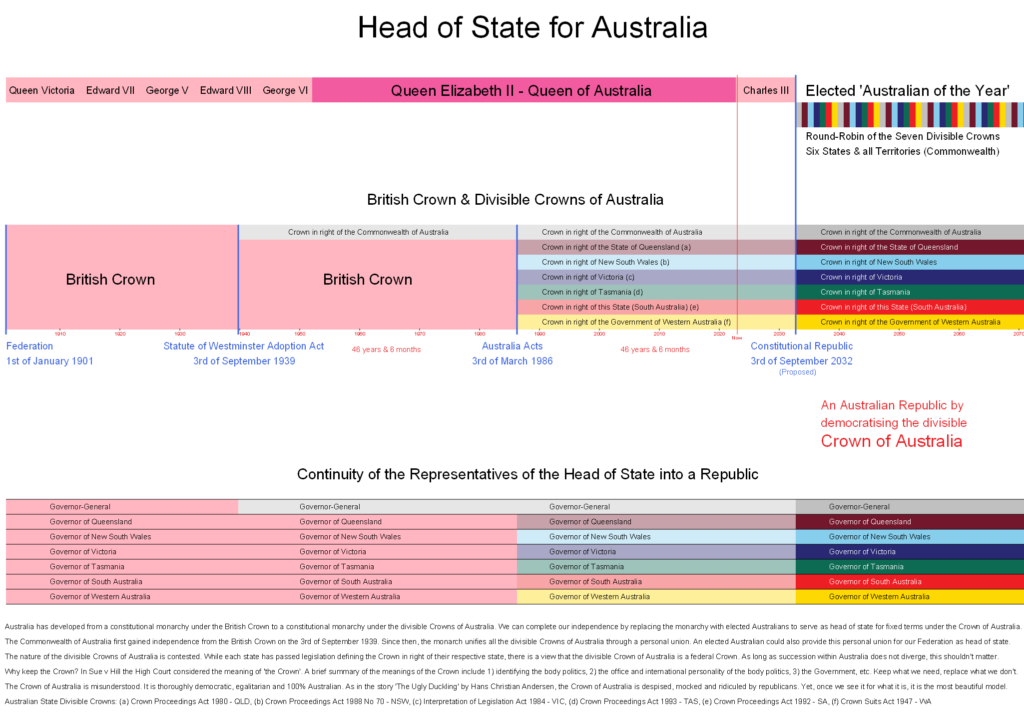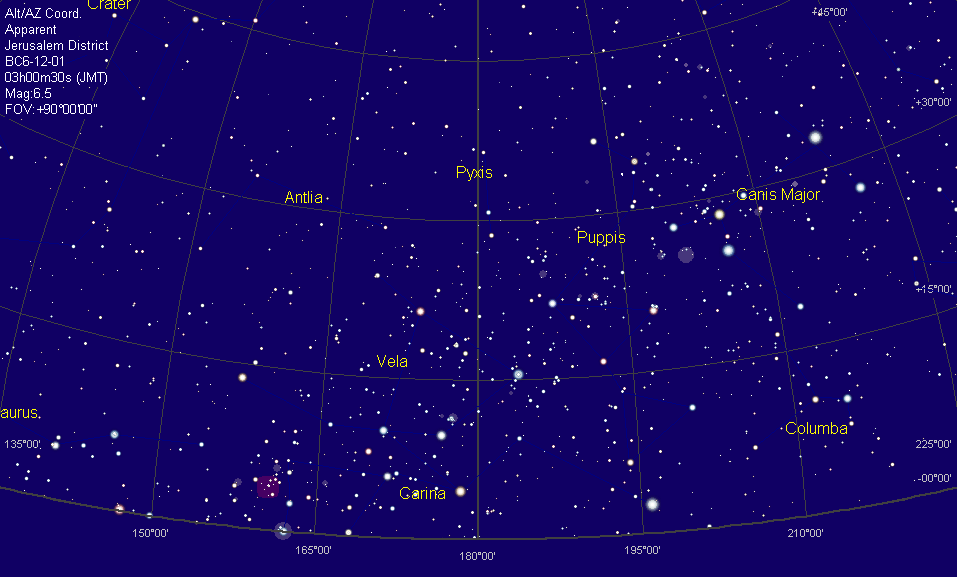
https://7gs.au/wp-content/uploads/2023/08/time_line_main2.png
The proposal discusses a rational and modern explanation for the Star of Bethlehem, suggesting that it may have been the star Acrux (Alpha Crucis) from the Southern Cross constellation. The main points of this explanation include:
The explanation proposes that the Magi were astronomers who travelled to gain a better view of the fading star Acrux, and their enthusiasm was misunderstood by people in Herod’s court. This interpretation aligns with the symbolism of the Southern Cross and offers a new perspective on the traditional story of the Star of Bethlehem.
The summary also includes details about the reasoning behind the explanation, the use of software to verify astronomical claims, and the possible cultural and historical context of the Magi’s journey. It suggests this perspective provides new meaning for the Christian message and encourages engagement with other cultures and the modern world.
Webpage snapshot captured on 03 Jan 2014 08:12
http://pandora.nla.gov.au/pan/89508/20140102-1321/becrux.net/starofbethlehem/index.html

Astronomical software shows an animation of the stars as they would have appeared viewed directly south of Jerusalem around 2000 years ago.
The Southern Cross is no longer visible from Jerusalem because of axial precession, and the gradual disappearing of this significant star (13th brightest) below the horizon would have motivated astronomers to travel to the mountains for a better view. Acrux would have only been visible during a few brief weeks of the year.
The deciding factor for this perspective is the match between the narrative of Jesus being born in a manger and the fact that the Southern Cross constellation is surrounded by the constellation Centaurus – with Crux located near the legs and feet of the Centaur.
The “Ugly Duckling” Model for an Australian Republic proposes a unique approach to democratizing the divisible Crowns of Australia, which are presently monarchical and hereditary in nature. Drawing inspiration from the fairy-tale of the same name, this model likens the Crown of Australia to an “Ugly Duckling” – misunderstood and lacking the democratic image they could embody. The central idea is to retain these Crowns while replacing the monarch with elected Australian representatives who serve fixed terms as heads of State.
In this model, the existing divisible Crowns, representing Australia’s states and the Commonwealth, would undergo a transformation to become truly democratic entities. Currently non-democratic and hard to envision as democratic, these Crowns would be reimagined as symbols of inclusivity and popular choice. By electing Australians to hold ceremonial office under these divisible Crowns, the model seeks to bridge the gap between the existing monarchical structure and a more democratic vision for the future.
The proposal ensures that the Governor-General and State Governors, as representatives of the elected head of State, retain their roles, and the concept of reserve powers continues. This maintains the balance of power and prevents the elected head of State from becoming a political rival to the Prime Minister. The model’s emphasis on short terms and apolitical campaigns further ensures the ceremonial nature of the role.
In essence, the “Ugly Duckling” Model strives to redefine the divisible Crowns of Australia by infusing them with democratic principles. By electing representatives to these Crowns while preserving their ceremonial functions, the model seeks to create a harmonious blend of tradition and modern democracy in the Australian context.
Here is a summarized version of the model for a republic, along with the benefits and objections associated with it:
Model Summary:
Benefits:
Objections:
Overall: